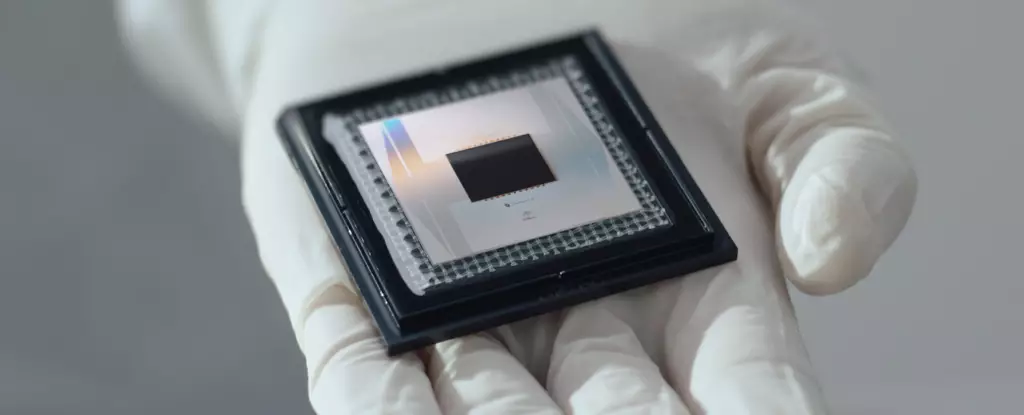The field of quantum computing is rapidly evolving, with researchers striving to overcome the inherent challenges posed by qubit stability and error rates. Among the leading initiatives is Google, which recently introduced its quantum processor known as Willow. This innovation marks a substantial leap in the realm of error correction, a vital component for making quantum computers more reliable and practical for real-world applications. This article will explore the significance of Willow, its architectural advancements, and its implications for the future of quantum computing.
At the heart of quantum computing lies the qubit—the fundamental unit of quantum information. Unlike traditional bits that store either a 1 or a 0, qubits can represent both states simultaneously due to a property called superposition. This capability allows quantum computers to tackle complex problems exponentially faster than classical computers. However, qubits are extremely susceptible to environmental interference, leading to errors in computation. Hence, ensuring the stability of qubits is paramount for the practical use of quantum computers.
Historically, qubit systems exhibited alarmingly high error rates, with failures occurring every few seconds in some configurations. Google’s Willow processor takes significant strides in addressing this issue, stabilizing a single logical qubit to reduce errors to approximately once every hour. This achievement signifies a monumental progression toward practical quantum computing solutions and sets a precedent for future research.
One of the key features of the Willow processor is its innovative architecture, which comprises 105 physical qubits. Google’s engineers have employed advanced error-correcting algorithms that enhance the stability of these qubits. Unlike previous systems, which struggled as they increased the number of qubits, Willow utilizes a method wherein enlarging the encoded qubits—from a 3×3 block to a more extensive 7×7 lattice—results in a dramatic reduction of the encoded error rate.
This principle of error suppression is critical. As the researchers Michael Newman and Kevin Satzinger explain, “Each time we increase our encoded qubits from a 3×3 to a 5×5 to a 7×7 lattice of physical qubits, the encoded error rate is suppressed by a factor of two.” Ultimately, this scaling method demonstrates exponential gains in stability and reliability, a profound breakthrough in the field of quantum error correction that has been in pursuit for nearly three decades.
The introduction of Willow does not merely signify stability; it also opens new avenues for practical quantum applications. Google claims that Willow can complete a specific quantum task in five minutes, a feat that purportedly would take even the fastest classical supercomputers 10 septillion years to accomplish. Although this task is designed primarily for quantum systems, it serves to illustrate the transformative potential of quantum computing in processing and solving complex problems.
As researchers continue to hone their error-correction techniques, the aim is to address the existing chasm between the current error rates and the desired rates deemed acceptable for robust quantum processing. While today’s systems operate with error rates in the vicinity of one-in-a-thousand, the ultimate goal is to achieve one-in-a-trillion error rates—making quantum computers not just theoretical, but practical tools of computation.
The Road Ahead: Challenges and Opportunities
Google’s Willow processor stands as a testament to advancements in quantum computing and error correction techniques. While the hurdles to achieving fully operational large-scale quantum computing are still present, the direction set by Willow is promising. Future developments will likely see enhancements in hardware design, computational algorithms, and deeper insights into qubit behavior under various environmental conditions. The journey to practical quantum computing is intricate and challenging, but with innovations like Willow, the horizon appears brighter than ever for the future of this transformative technology.

Leave a Reply